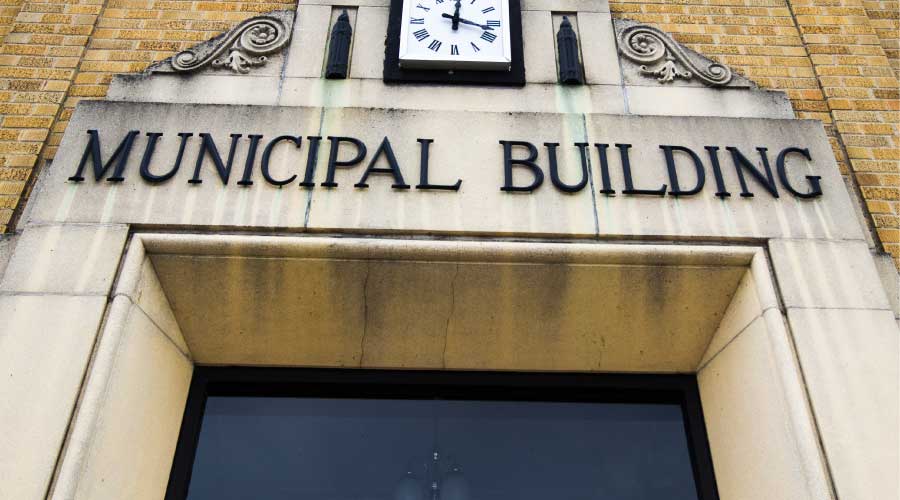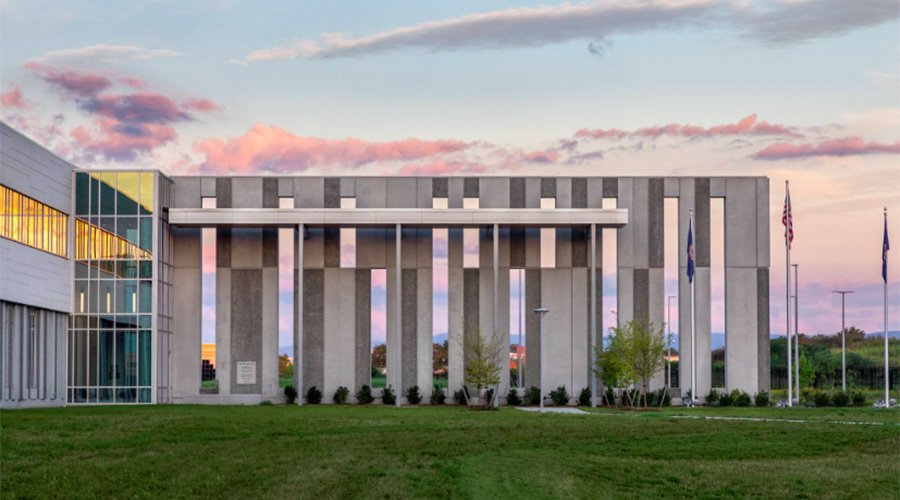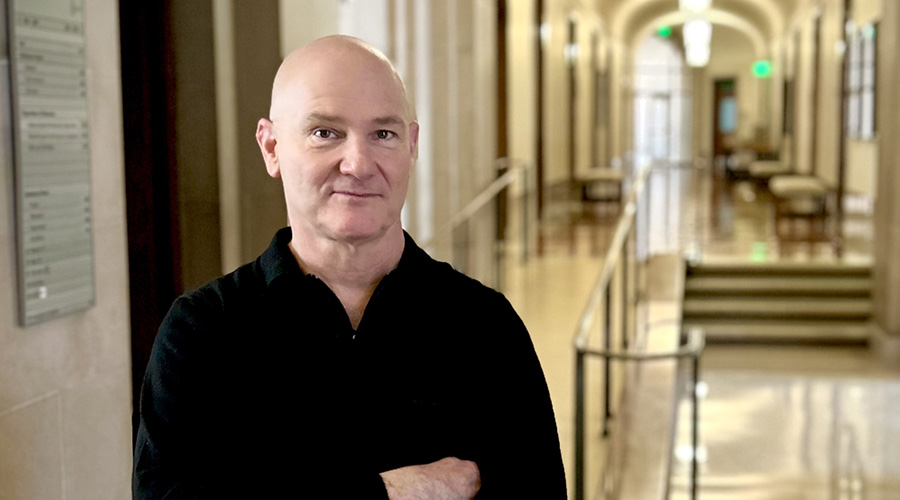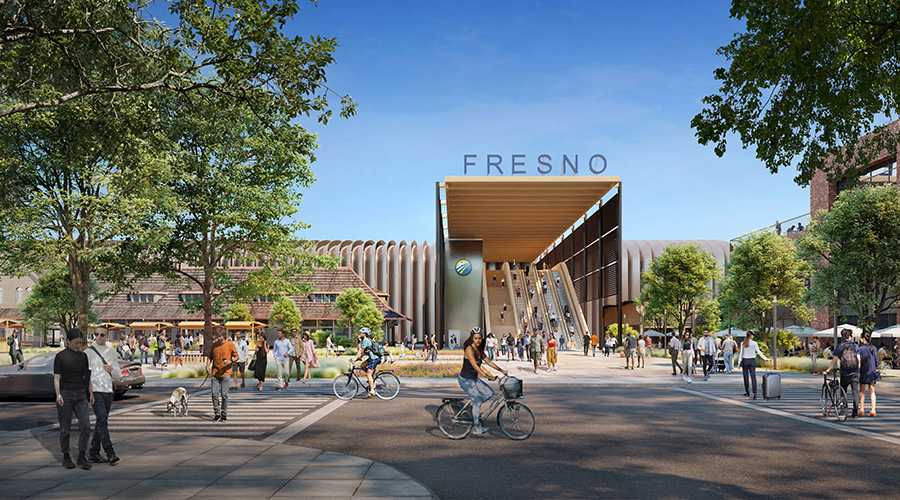Government Facility Sustainability Challenges and Solutions
Municipal buildings across the country provide essential services for residents, which means maintenance teams must keep them running efficiently.
Many government facilities face environmental challenges. From energy-efficient lighting to paperless offices to using alternative fuels in their fleets, state, local and federal government facility managers are trying to adapt to and embrace sustainability.
Sustainability is also top of mind for many facilities managers when it comes to building construction and operations. But sustainability comes with a cost, especially when attempting to retrofit decades-old buildings with more environmentally friendly components.
After college, McCullough was the director of construction with Habitat for Humanity and managed the first LEED Platinum Homes project in Detroit. He incorporated sustainability into his career.
“When looking at sustainable projects, I ensure that they make sense from a cost/benefit perspective,” McCullough says. “We recently upgraded all facilities with LEDs and proved an ROI in less than five months. Analytics like that make sense.”
While Hargens says he does not feel pressure to incorporate sustainable components into Spearfish’s buildings, he does see it as an opportunity to help the environment.
“For example, if you can save energy and money by switching to LED lighting and installing more energy-efficient equipment, then the savings can be used for future sustainability upgrades,” he says. “It is a matter of fact that the planet has a limited number of natural resources, and those resources will eventually disappear. You have to be willing to incorporate sustainability for future generations.”
As with sustainability initiatives, advances in technology have affected facilities maintenance.
“It’s been so awesome,” McCullough says. “We can now manage building temperatures from our laptop, get generator notifications on our smart phones, use water sensors in critical areas. All these advancements have the ability to decrease risk and prevent disasters. Plus, it allows staff a lot more flexibility to do their jobs.”
For Hargens and Spearfish, the most difficult challenge has been keeping pace with advances in facility equipment and technology.
“When considering upgrades from old equipment to new, will the upgrades with one piece of equipment result in more upgrades to other pieces of equipment so the system continues to run smoothly and efficiently?” Hargens asks. “One major challenge is how fast everything changes. Is the equipment I install today going to be supported for 10 years or more?
“If I install a new elevator and five years later, the manufacturer no longer makes the parts to maintain it, I will have to start the process all over again. This can happen with any piece of new equipment or technology that is installed. Once new equipment is installed, will there be a technician that can respond to issues within 24 hours, or will it be two to three days out? You have to be flexible.”
Personnel concerns
As with most other employers, maintenance and engineering managers in municipal and state facilities face the issue of a growing demand to recruit and retain entry-level maintenance technicians. One way to deal with the recruitment processes is by offering fair and competitive wages.
Northville Township has used the town’s culture and growth opportunities to market its facilities maintenance department as a destination for job seekers.
“We have incredible benefits, salary and the potential to grow in the organization,” McCullough says. “We want our staff to grow in their field and encourage any opportunity to make that happen.”
In Spearfish, offering competitive salaries and benefits has allowed the city to find and retain technicians.
“The city realized a few years ago that if the wages were not comparable or better than surrounding communities, we would lose employees and have to keep filling positions,” Hargens says.
Spearfish recently decided to conduct a wage and benefit study. Based on data from the study, the city increased wages to be more competitive.
“In order to retain those great employees, you need to make sure they know that they are valued and appreciated,” Hargens says. “ ‘Thank you for a job well done’ goes a long way in retaining great employees.”
Maura Keller is a freelance writer based in Plymouth, Minnesota.
Related Topics:













